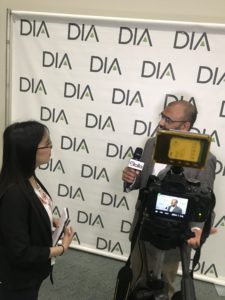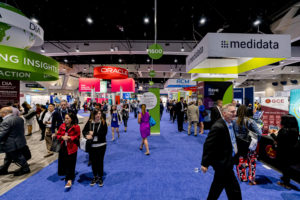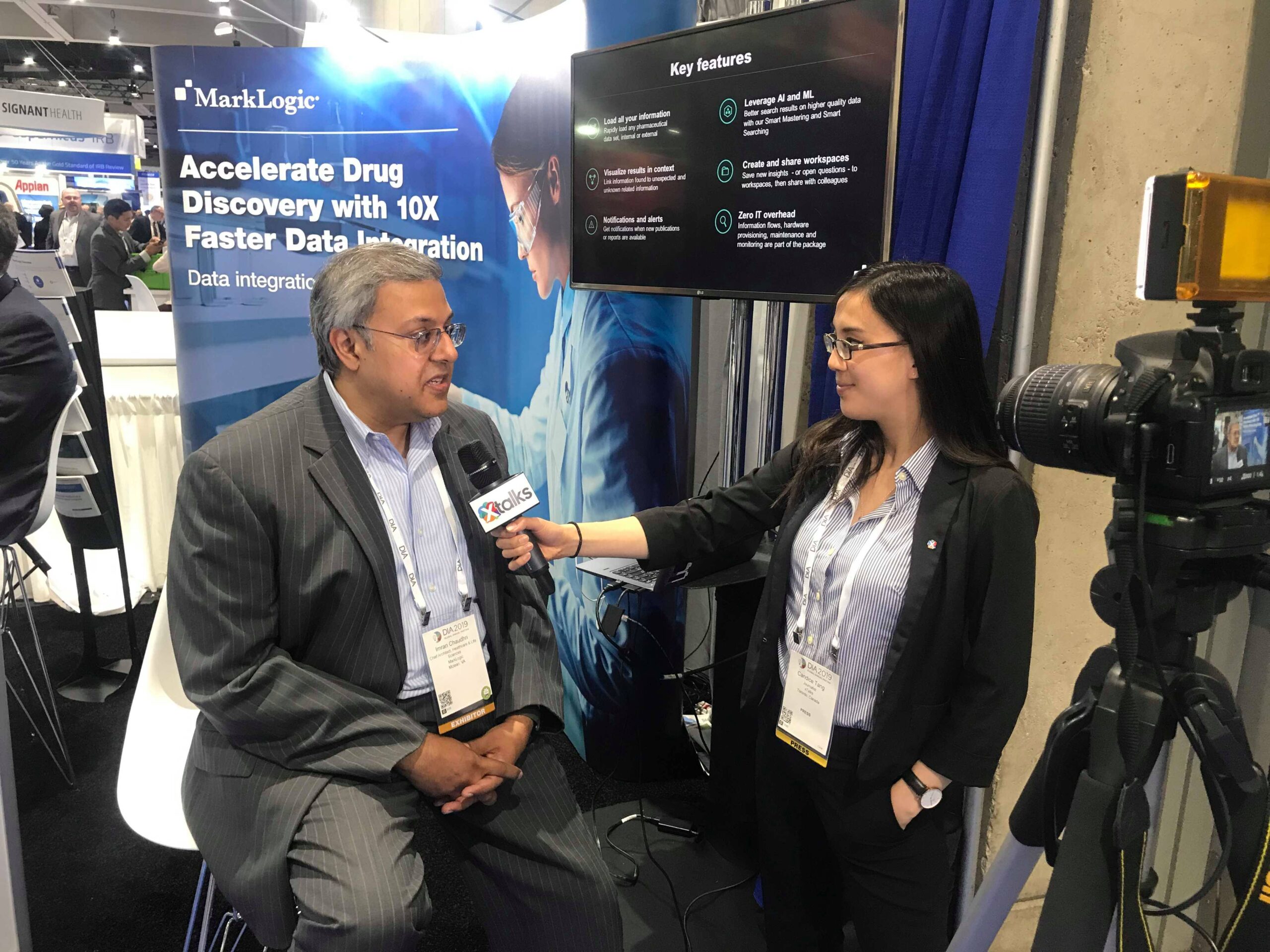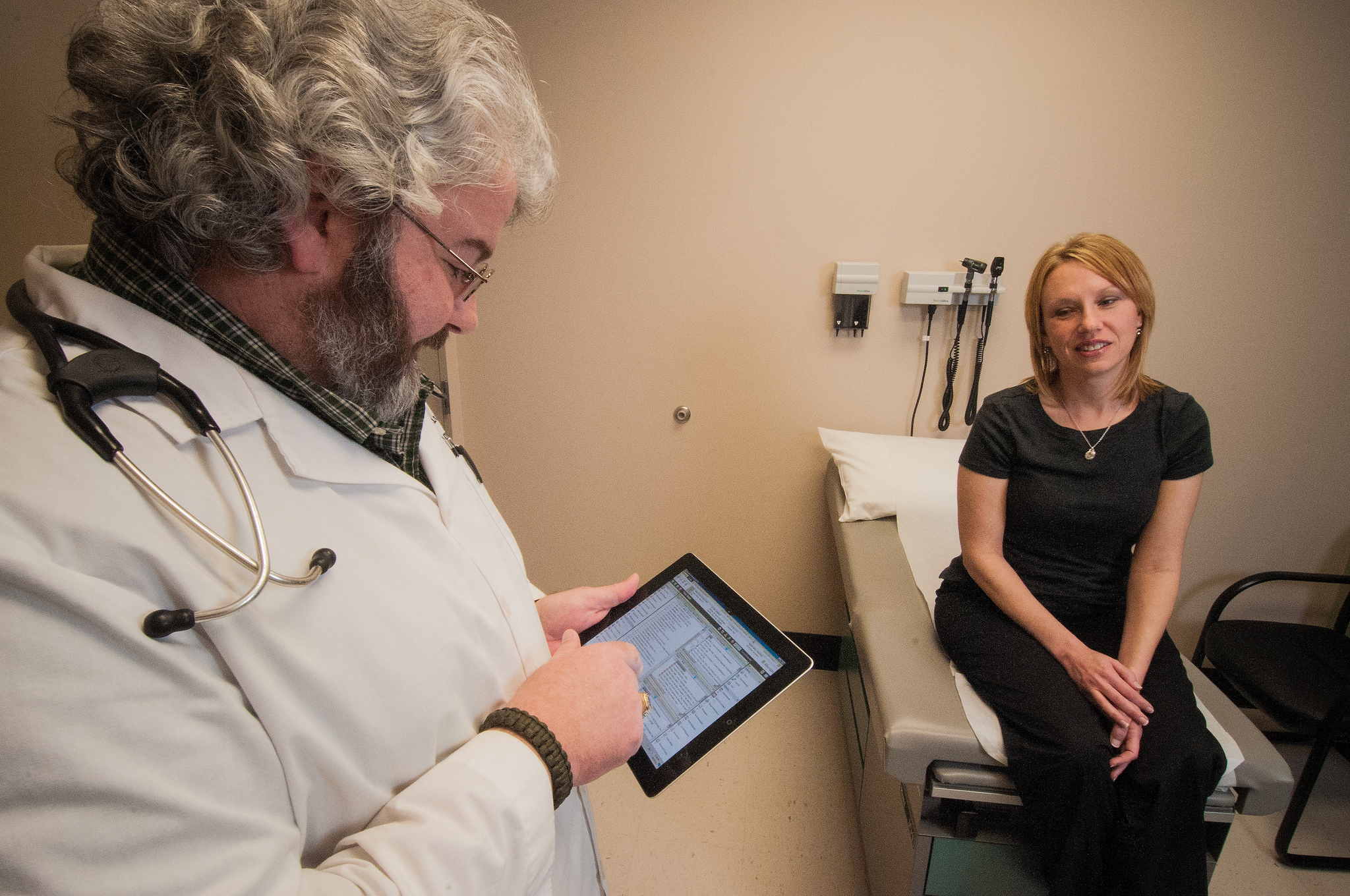Behind most new drugs are years of research and development, clinical trial testing, regulatory submissions and patient monitoring. In the last few decades, there have been significant advances in biology and technology to hasten the drug development process, yet the time from discovery to market still averages about 10 years — time which some patients cannot afford.

But the industry is undergoing a cultural change. The drug industry, known to be a fragmented and compartmentalized, has slowly embraced the idea of collaboration to meet the needs of modern healthcare. Now, drug makers are setting meetings up with clinical professionals and global regulators to find out how to bring drugs to patients faster.
At the end of June, dozens of these meetings took place within the walls of the San Diego Convention Center, where the 2019 Drug Information Association (DIA) Global Annual Conference took place. For five days, industry, technology, healthcare and regulatory leaders from around the world connected with one another at exhibitor booths, plenary sessions and forums. It’s not every day that you can get all of these people in the same room.
“Regulators are meeting with industry in smaller groups to talk about some of these advanced therapies and what these new regulatory pathways are going to be; it’s the only way we’re going to make progress now because nobody understands all of this,” said Senior Vice President and Managing Director of DIA Americas, Sudip Parikh, in an interview with Xtalks. “Nobody understands all the biological advances, all the technological advances and the regulatory advances that are going to have to happen to get these things into patients. It’s going to take all of us and it’s really heartwarming.”
There’s a reason why teamwork is a mainstay within most successful businesses. Beyond knowledge exchange, different stakeholders can offer new perspectives and feedback to arrive at the best solution. An important voice in healthcare is the end-user himself: the patient. More and more, patients are becoming more active in the conversation.
“[Patients are] not just listening anymore, they’re part of the conversation, they drive the conversation and they have really high expectations of [industry professionals] — which is a good thing,” said Parikh. “They are now more than just listening, they’re partners.”
The combined efforts of these stakeholders underlie some of the greatest advances in healthcare today. Consider the gene editing technology, CRISPR-Cas9, first discovered in the 1980s. The highly precise cuts made by CRISPR-Cas9 make it an attractive tool for treating genetic disorders that lack effective treatment and have thus sparked the interest of regulators and entrepreneurs. Regulators like the US Food and Drug Administration (FDA) and European Medicines Agency (EMA) have updated industry guidelines to address (and even encourage) CRISPR in research and drug development. Six-year-old biotech, CRISPR Therapeutics, recently enrolled patients with sickle cell disease in an early phase trial for a CRISPR-based stem cell therapy. Gene therapy appears to have worked for some sickle cell patients including Jennelle Stephenson, who could barely walk up a flight of stairs without feeling pain. According to 60 Minutes by CBS, she can now swim, go to the gym and practice jiu-jitsu. Altogether, these stories will hopefully encourage industry players to invest more in CRISPR research and bring new therapies to patients.
Ironically, lagging financial investment is one of the barriers to bringing advanced therapies like CRISPR to the clinic.
“A lagging indicator of investments in biomedical research [is one of the reasons why] it’s taken 30 years to get to where we are today,” explained Parikh.
But by making investments today, we might see the next big breakthrough in the next 10 years to tackle neurological diseases that we currently struggle with, he added.

Such a large financial undertaking can be made possible through collaborations, not just through increased funding, but through more efficient processes. At DIA 2019, tech companies and contract research organizations (CROs) showcased programs equipped with machine learning and artificial intelligence; advanced bioinformatics systems; and state-of-the-art data management tools to drive down clinical costs and expedite study completion times.
At the end of the day, all stakeholders — clinicians, regulators, CROs, patients, scientists, software providers — are working towards the same goal: providing better healthcare for patients.
“There are people around the world who will partner with you to help you get your treatment across the finish line, into patient’s hands,” said Parikh. “They’re doing it because they want to; because they have parents, grandparents and children that are going to benefit from these therapies.”
From attending conferences like DIA, industry professionals can learn about new advances in the field and initiate collaborations to work towards audacious goals.
“Audacious goals require two things. They require passion; lots of people have passion. They also require substance. And there are substantive people here who can help you get across your problems and so, if you put those two things together, you can achieve audacious goals, like curing sickle cell, not just in North America and Europe but also in Sub-Saharan Africa and that’s what we’re all hoping for.”












Join or login to leave a comment
JOIN LOGIN